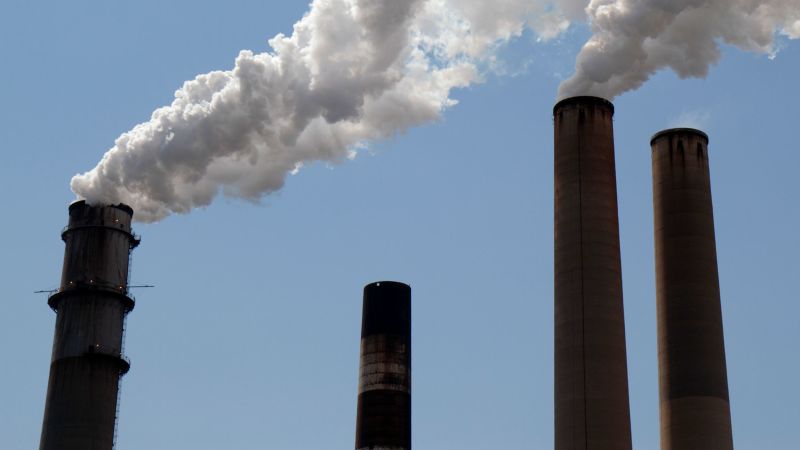The Supreme Court recently allowed the Biden administration’s rules to cut emissions of methane and mercury to proceed, marking a rare victory for environmental regulations. While the rulings do not conclusively uphold these rules, they allow the administration to enforce them as legal challenges continue, a process that could span several years. Concurrently, the court is considering emergency appeals that would require coal and new natural gas power plants to significantly reduce their emissions.
Republican officials from 24 states had petitioned the Supreme Court to halt the methane rule, claiming that the Environmental Protection Agency had overstepped its authority in approving it. The rule is projected to reduce methane emissions from oil and gas operations by nearly 80% by 2038. Despite the states’ request, an appeals court in Washington, DC had previously declined to delay the implementation of the methane regulations. Methane, a potent greenhouse gas, is a byproduct of fossil fuel extraction with significant climate implications, having over 80 times the warming potential of carbon dioxide in its initial two decades in the atmosphere.
The mercury rule, which came into effect in July, mandates certain coal-fired plants to lower mercury emissions as well as tighten emission standards for other harmful metals like arsenic and chromium. Republican officials from 23 states, including North Dakota, West Virginia, and Alaska, along with industry groups, had sued to block the rule. The states argued in a filing to the Supreme Court that the EPA could not demonstrate any significant public health or environmental benefits from the mandated reductions. Industry groups expressed concerns about the substantial costs involved in updating plants and predicted an increase in electricity prices as a result.
The Supreme Court’s decision to allow the enforcement of the methane and mercury rules signifies a critical step towards reducing emissions from energy operations, contributing to overall climate goals. While the legal battle over these regulations is far from over, the administration can now move forward with implementation as the process unfolds. The outcomes of these rules could have far-reaching impacts on the environment, public health, and the economy, underscoring the significance of these regulatory measures in addressing pressing environmental challenges.
Environmental advocates have welcomed the Supreme Court’s decision to let the methane and mercury rules proceed, highlighting the importance of tackling greenhouse gas emissions and toxic pollutants to safeguard the planet and public health. The enforcement of these rules is seen as a crucial step towards mitigating the impacts of climate change and reducing harmful pollutants in the atmosphere. As the legal challenges continue to play out, the administration’s commitment to environmental protection and sustainable energy practices remains at the forefront, underscoring the urgent need for responsible environmental stewardship to ensure a cleaner, healthier future for all.
Overall, the Supreme Court’s decision to allow the methane and mercury rules to be enforced represents a significant victory for environmental protection efforts and a step toward addressing climate change and reducing harmful emissions. Despite ongoing legal challenges, the administration can now implement these crucial regulations to curb greenhouse gas and toxic emissions from energy operations, signaling a positive shift towards sustainable environmental practices. The outcomes of these rules are poised to have lasting impacts on the environment, public health, and the economy, highlighting the critical role of regulatory measures in fostering a greener, more sustainable future for generations to come.


